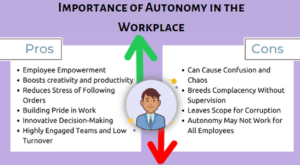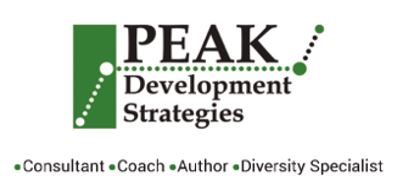
Understanding the Importance of Autonomy in the Workplace
Autonomy in the workplace refers to the degree of freedom employees have to decide how they perform their work. It is essential for fostering a sense of ownership and responsibility among team members. When employees are given autonomy, they are more likely to feel trusted and valued, increasing job satisfaction, motivation, and overall productivity. However, while autonomy is crucial, it must be balanced with appropriate guidance from management.
The Need for Guidance Alongside Autonomy
While autonomy empowers employees, it is equally important to provide them with guidance to ensure that their efforts align with organizational goals. Without sufficient direction, employees may become confused about priorities or miss critical objectives. Therefore, leaders must find a balance between allowing freedom and providing necessary oversight.
- Set Clear Expectations: Establishing clear and measurable goals helps employees understand what is expected of them. This clarity allows them to take initiative while ensuring that their actions contribute to broader organizational objectives.
- Provide Resources and Training: Equipping employees with the right tools and training ensures they have the skills needed to succeed autonomously. Regular assessments can help identify gaps in resources or knowledge.
- Encourage Open Communication: Fostering an environment where team members feel comfortable sharing ideas and asking questions promotes trust and collaboration. Regular check-ins can facilitate this communication without infringing on autonomy.
- Delegate Effectively: Leaders should delegate tasks based on individual strengths while allowing team members the freedom to approach these tasks in their way. This builds confidence and accountability.
- Create a Culture of Accountability: Encouraging employees to take responsibility for their work fosters a sense of ownership. Recognizing those who demonstrate accountability reinforces this culture.
- Offer Constructive Feedback: Providing regular feedback helps employees understand how they can improve while also recognizing their successes. This feedback should focus on behaviors and outcomes rather than personal attributes.
- Support Risk-Taking and Innovation: Encouraging calculated risks allows employees to explore new ideas without fear of failure, promoting creativity within the organization.
- Lead by Example: Managers should model the behaviors they wish to see in their teams by demonstrating accountability, transparency, and a willingness to learn from mistakes.
- Maintain Oversight Without Micromanaging: While it’s important for leaders to monitor progress, they should avoid micromanagement by trusting employees to execute tasks independently while offering support when needed.
- Recognize and Celebrate Successes: Acknowledging achievements boosts morale and reinforces positive behaviors within the team.
Conclusion: Striking the Right Balance
In conclusion, offering autonomy with guidance requires a thoughtful approach that combines clear expectations with supportive leadership practices. By empowering employees while providing necessary direction, organizations can cultivate an engaged workforce that drives innovation and achieves strategic goals.

Recent Comments